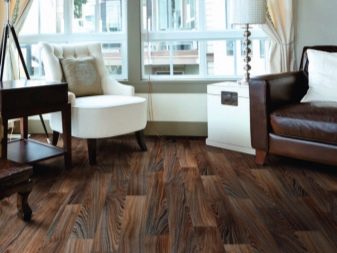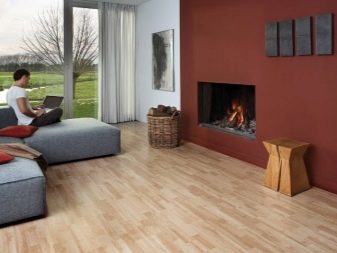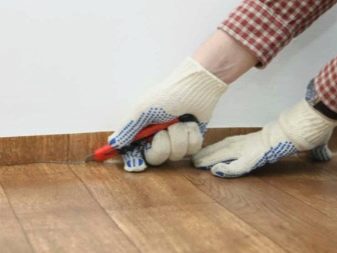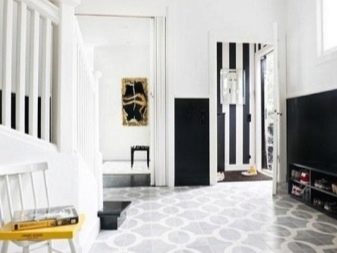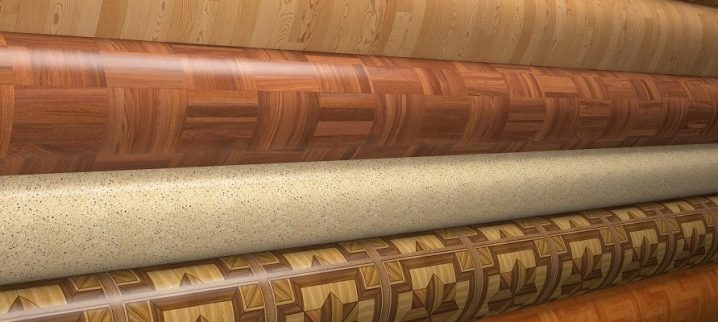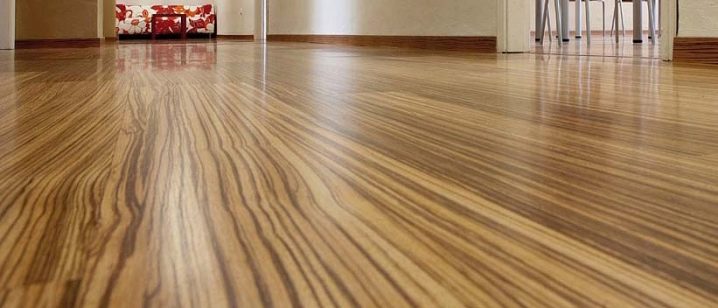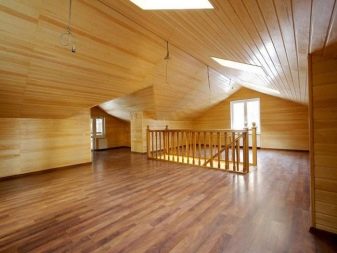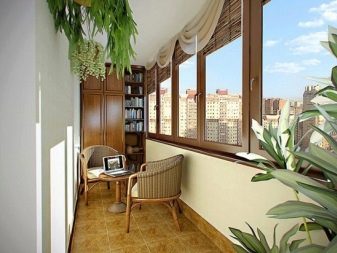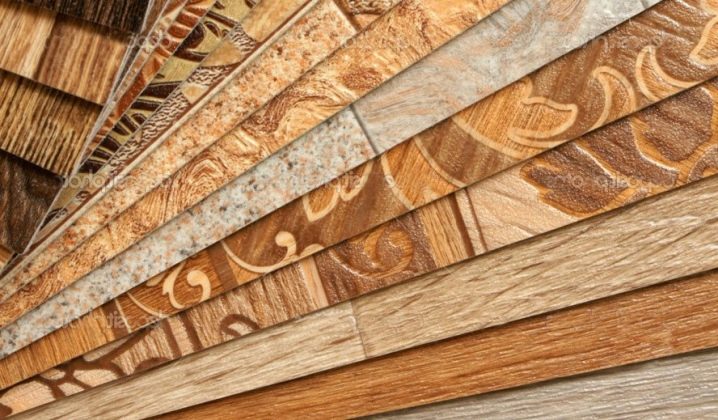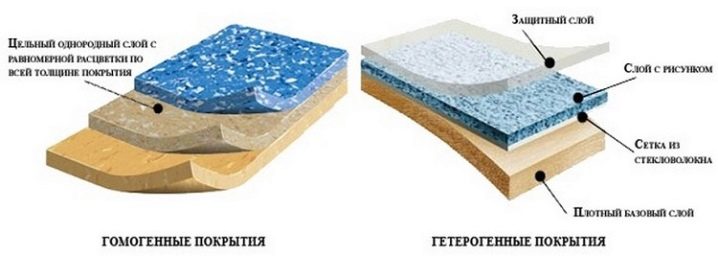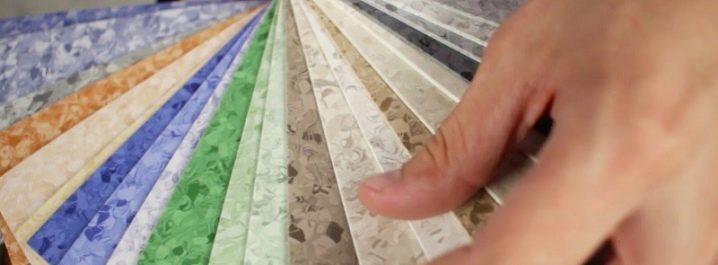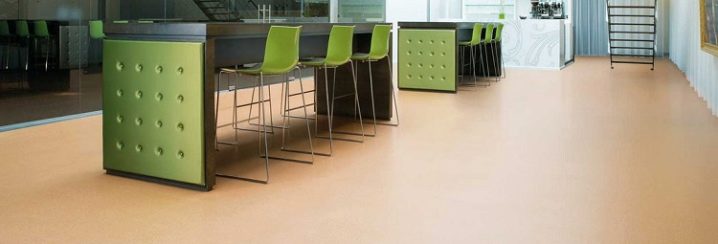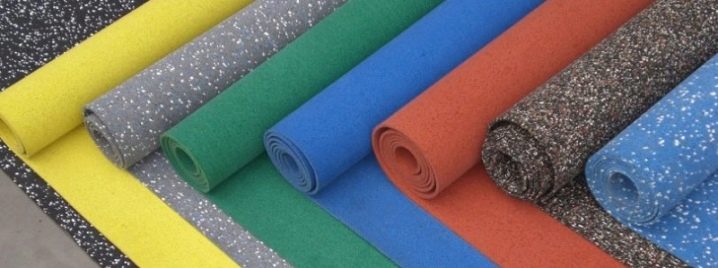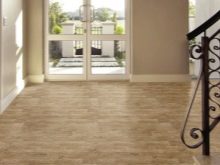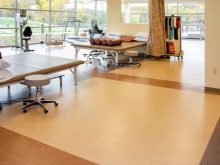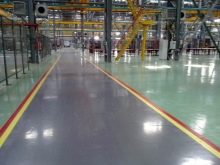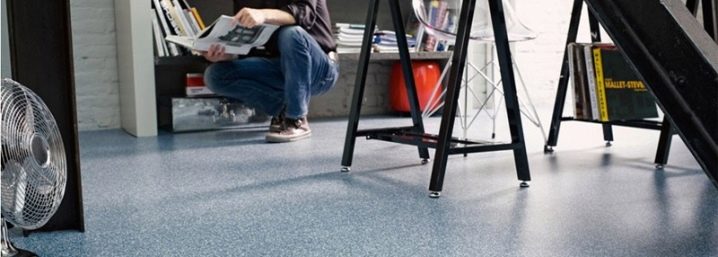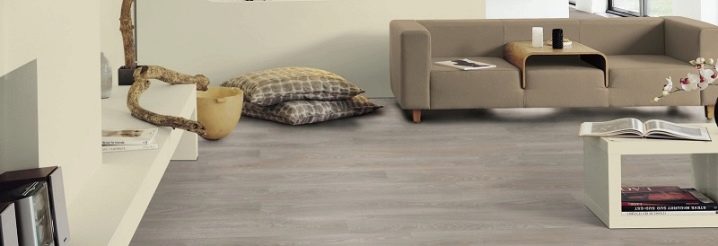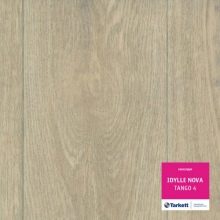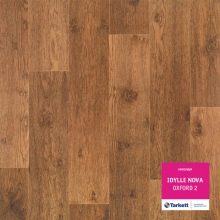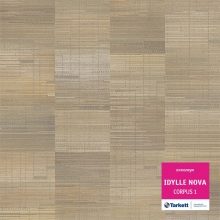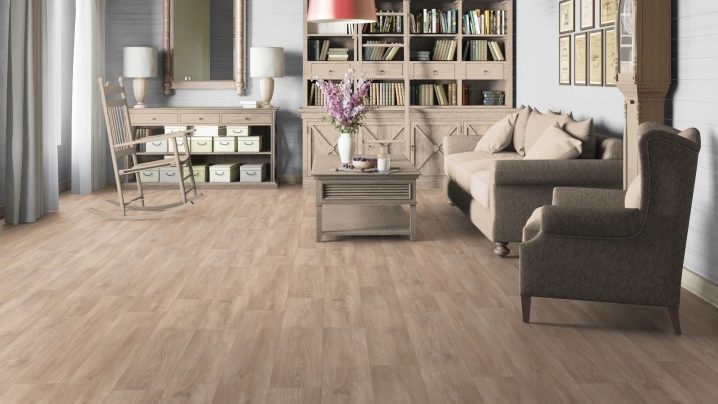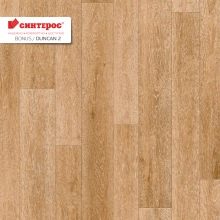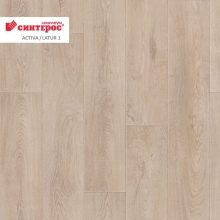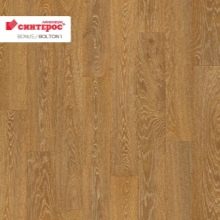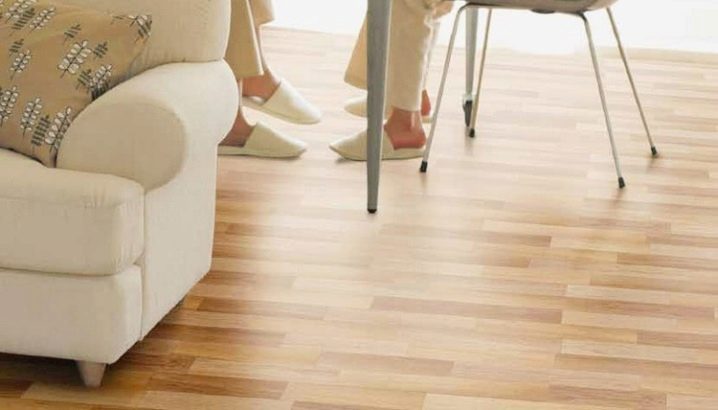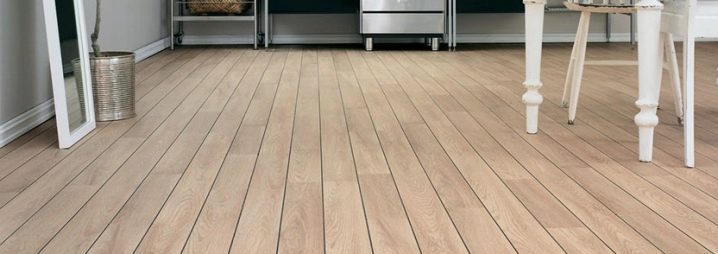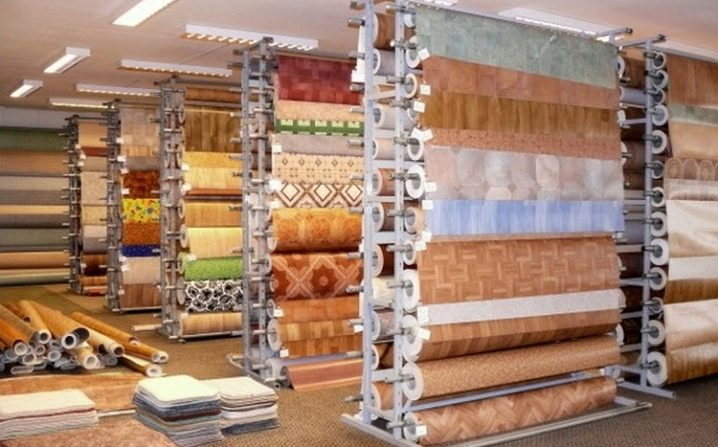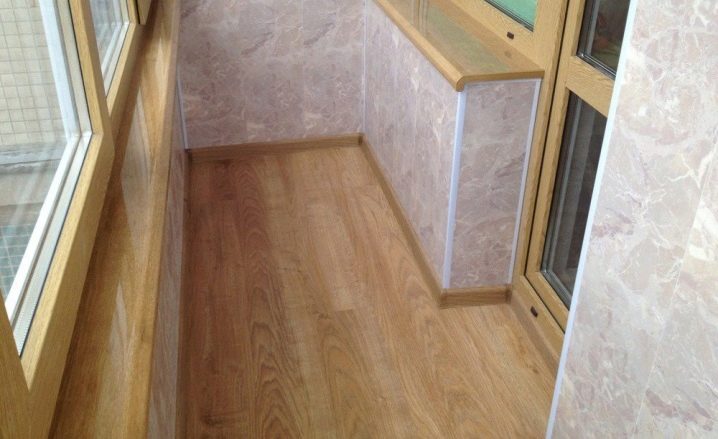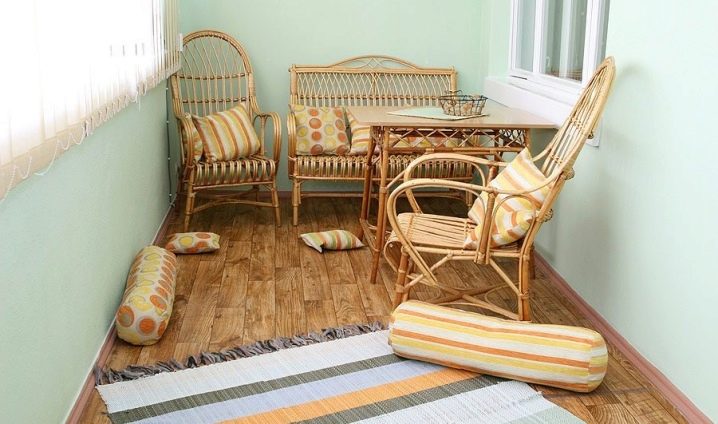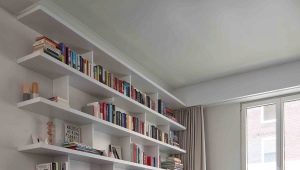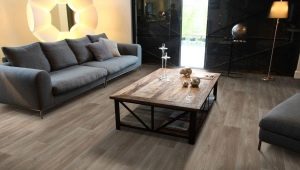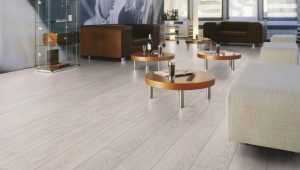Frost-resistant linoleum
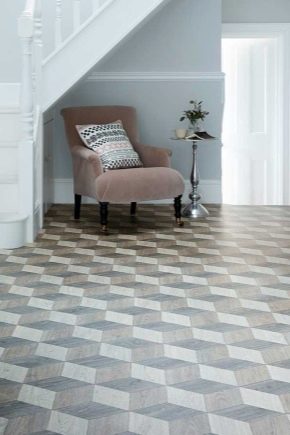
Linoleum - one of the most common and inexpensive floor coverings. It is applied not only in apartments, but also in public places, offices and in production. Frost-resistant linoleum is used for decoration of premises with low temperatures. It is characterized by high strength, and also does not “freeze”, while ordinary linoleum can crack and break already at -10 degrees.
Advantages and disadvantages
Frost-resistant linoleum is considered to be the best coating for temperatures below zero degrees. In addition, it has advantages over other floor coverings, including:
- Ease of installation. In order to lay linoleum does not require special skills and sophisticated equipment.
- Moisture resistance. The material does not pass water, it easily maintains the increased humidity in the room without losing its properties.
- Easy care. Unlike parquet and laminate, does not require the use of special care products. It is enough to wash the coating as necessary with warm soapy water (with the addition of any universal remedy).
- Resistance to aggressive substances. Acids are not capable of damaging the coating, so linoleum is often used in production and in rooms undergoing frequent disinfection.
- High heat and sound insulation. This is achieved through a multi-layer coating structure.
- A large assortment and a variety of colors allows you to easily select the necessary flooring for any interior.
The disadvantages of linoleum include the fact that with inaccurate movement of furniture or large household appliances on the floor can be very noticeable scratches or dents. However, if permutation be careful, then these negative effects can be easily avoided.
Modern brands of linoleum do not emit harmful impurities that can affect human health and well-being, so they can even be used in children.Thanks to its moisture resistance, the material withstands daily wet cleaning, which means that with this floor covering it is easy to monitor the hygienic cleanliness in the home.
An important feature - linoleum does not support combustion, only slightly melted, while emit a small amount of harmful substances. For example, in laminate, these indicators are worse.
Kinds
On sale you can find several types of cold-resistant linoleum. It happens:
- homogeneous;
- heterogeneous;
- rubber (relin).
Homogeneous
Single-layer material, which is characterized by uniform structure, which greatly facilitates its installation. Also due to this property, this type of flooring has a long service life, since the worn surface will not look untidy. Perfectly withstands loads and, among other things, does not deform even when exposed to considerable weight.
This linoleum is not afraid of not only low temperature, but also high, and also behaves perfectly when temperature drops, fire resistant. Thus, it is an ideal material for difficult weather conditions.
Homogeneous linoleum is made from polyvinyl chloride with the addition of chalk, dolomite,quartz sand and special plasticizers. Color material give dyes, which are applied to its entire thickness.
Heterogeneous
This type is a product consisting of several layers, the lower of which is represented by foamed PVC. It gives the material increased elasticity. Next is fiberglass, which protects the layer of polyvinyl chloride from damage. The decorative structure is applied on it, appearance and drawing of linoleum depends on it. In the end, the material is covered with protection (sometimes polyurethane is used).
Heterogeneous linoleum has high sound and thermal insulation properties. It withstands strong mechanical stress and is also resistant to chemically aggressive substances.
Relin
Also consists of several layers, the lower of which is made of recycled rubber. This framework is resistant to the effects of the environment and aggressive chemicals. Next, apply a decorative layer, depending on the model and purpose of the floor covering.
Modern frost-resistant types of linoleum differ in a variety of models and a color palette, therefore it is not difficult to choose an option suitable for an interior.
Where can I lay?
Before you decide which frost-resistant linoleum to choose for a particular room, you should decide which type of flooring is needed. The existing classification of finishing materials for the floor suggests several options:
- Domestic - the most common and inexpensive type of linoleum. Differs in rather low characteristics on resistance to natural wear and physical influences. It is used in residential buildings to cover terraces, balconies, loggias without heating. This is a good street option for giving.
- Commercial The type of flooring can last up to 25 years. Perfectly withstands physical impact, resistant to abrasion.
- Industrial Linoleum is used at enterprises, it is characterized by increased strength, resistance to the effects of chemical and other aggressive compounds.
Frost-resistant flooring can be laid directly on a wooden surface. For residential premises on the concrete floor, it is desirable to lay the substrate under the linoleum (penoplex).
In the cold, this material does not "dubeet", does not become brittle.This allows it to be used even in open spaces such as unglazed loggias and open terraces.
Top Marks
The two most popular manufacturers of linoleum, which can be laid in the cold: Tarkett and Sinteros. They differ from competitors in excellent combinations of price and quality.
Tarkett
Transcontinental company that produces a large range of flooring. Find products of this company in any corner of the world. Tarkett products have the following positive points:
- a wide selection of all types of linoleum;
- high durability even in budget models of linoleum;
- used (partly) environmentally friendly components;
- a large selection of colors and collections (more than 50 items);
- average service life - 15-25 years;
- it is safe for humans and can be used in children's and medical institutions;
- adequate cost.
The disadvantages include a small chemical smell from the newly-laid linoleum, which quickly disappears. Also a minus is the need to fix some models of this flooring with the help of specialized glue.Despite small drawbacks, Tarkett is the undisputed leader in the flooring market.
Sinteros
The Russian brand (a subsidiary of Tarkett), which produces linoleum on modern German equipment, which allows to guarantee high quality and safety that meets strict European standards. It is the presence of these components that makes Sinteros truly popular. The advantages include:
- low cost;
- wide range of;
- the ability to choose the right model for any interior.
The disadvantages include features during installation - this brand does not forgive irregularities and debris, so the surface on which the linoleum flooring is made should be perfectly smooth, carefully prepared. You can use special substrates.
It is worth noting that companies that produce flooring only from natural components are also on the market of finishing materials, however, their cost is high and not all buyers can afford to use environmentally friendly frost-resistant linoleum.
How to choose the right floor?
Buying frost-resistant linoleum is a responsible event.
In order not to be disappointed in the acquisition, you must follow these tips:
- Decide on the sizeYou should not take too small or large linoleum, as this will greatly complicate the installation.
- Decide on the type and type of linoleum. Here it is necessary to relate its financial capabilities, as well as the characteristics that the floor should have. For example, if you need a reliable coating for more than a decade, resistant to fading and aggressive environmental effects, it is better to purchase a commercial option.
- Prefer proven manufacturersthat give a mandatory guarantee on their materials.
It is necessary to take into account the fact that for a closed cold room is supposed to floor some types of linoleum, and for the street - others.
For open spaces where frost may form, it is better to purchase flooring that has an anti-slip function.
Examples and options
Frost-resistant linoleum can be used in the decoration of balconies, as, for example, in this embodiment.
An interesting option is the design of this finishing material of open loggias or terraces.Linoleum is often combined with a system of underfloor heating.
Frost-resistant linoleum is an ideal solution for rooms in which the temperature drops below zero. This material allows you to comfortably use a balcony or terrace and create a cozy atmosphere in them.
How to put linoleum correctly, see the next video.
